Coscinocera hercules
kos-kin-OS-sir-uh mm
HERK-kih-lees
(Miskin, 1875)

Photo of female courtesy of Scott Smith. Site by Bill Oehlke.

In its natural
setting this species
feeds on Dysoxylum muelleri, (Red Bean); Glochidion ferdinandi, (Cheese tree);
Omalanthus
novoguinensis, (Bleeding heart); Omalanthus nutans, (Native bleeding heart);
Timonius rumphii, and
Timonius singularis. | 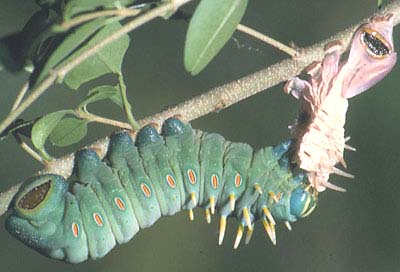
|
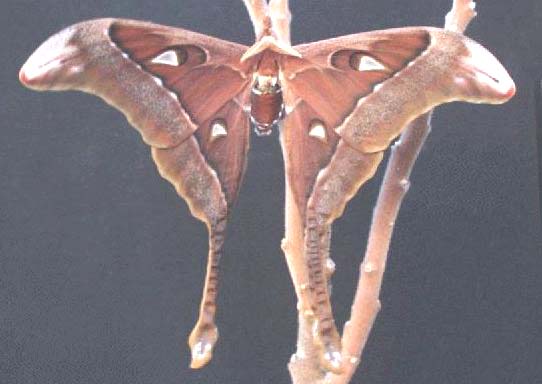
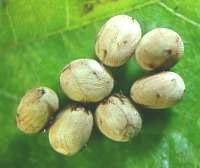 |
Gravid females lay 80-100 eggs singly or in small groups.
|
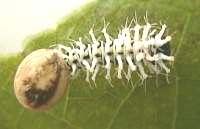 |
Growth is rapid and early instar larvae are predominantly white and look
very much like Attacus atlas larvae. |
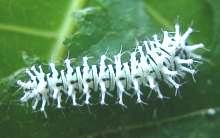
|
Late instar larvae get
quite large (10 cm),
like to sip on water droplets, and take on a greenish-blue colouration. | 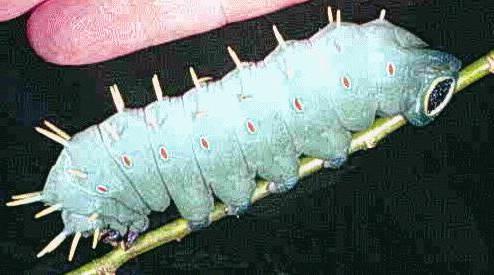 Photo by Mike Cermak |
Dysoxylum |
Dysoxylum |